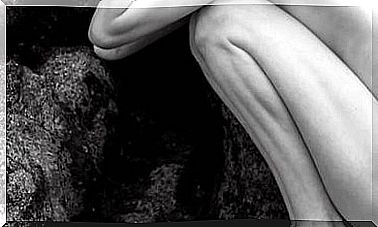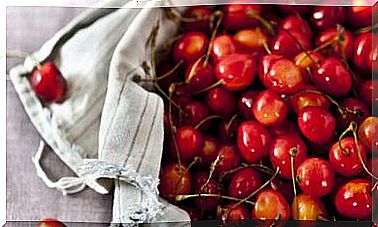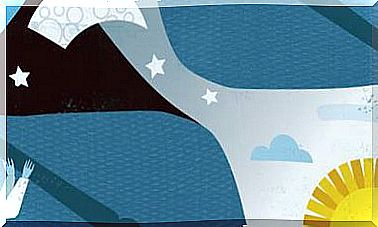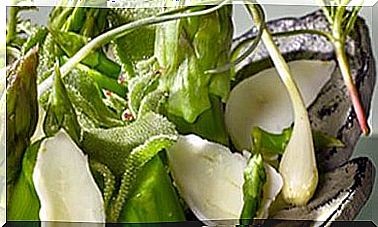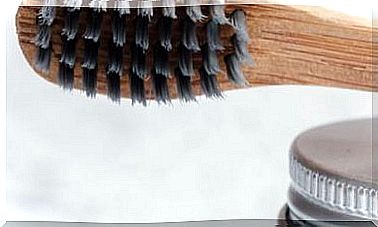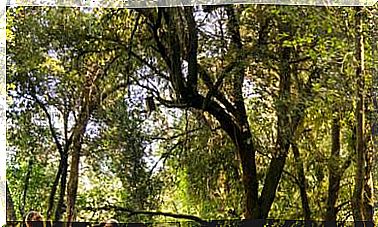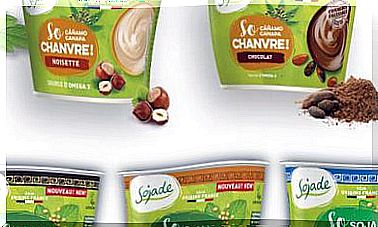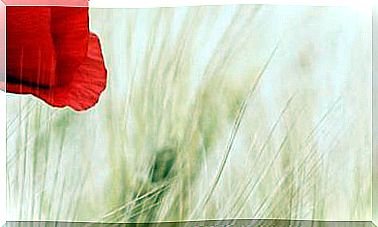81 Toxins Discovered In Plastics On Canarian Beaches
A team of Canarian researchers has discovered dozens of pollutants mixed with beach sand, including prohibited compounds such as DDT and PCBs.
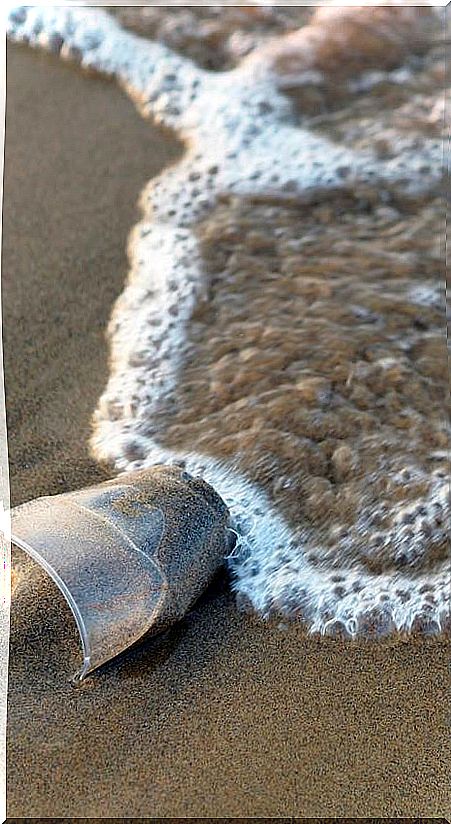
Plastic garbage on the beach is not only horrible to look at, but it is loaded with chemicals that are dangerous to human health and ecosystems.
In fact, these toxic pollutants are even found in plastic particles that are no longer visible, but are there, at the bottom of the sea and between the sand grains on the beach. All plastics end up converted into these dangerous microparticles that mix with plankton and are ingested by marine species, including many that are part of the human diet. They also reach table salt and drinking water.
The finding has been made by a team of researchers from the University of Las Palmas de Gran Canaria (ULPGC), led by María Camacho and Alicia Herrera, and has been published in the journal Science of the Total Environment.
Plastic microparticles absorb and concentrate contaminants
Among the 81 chemical compounds are mixed substances that are part of the composition of plastics and other pollutants that they absorb from the sea, such as hydrocarbons from the fuels used by ships to agricultural pesticides.
The ULPGC researchers collected the plastics from the beaches of Famara and Lambra in Lanzarote, and Las Canteras and Los Cuervitos in Gran Canaria. Canaries are not responsible for all the plastic that “lands” on their sandbanks. It is a planetary problem.
Every year 13 million tons of plastics are thrown into the sea and the tide leaves an average of 120 g of microplastics per square meter on the Canary coasts. Substances that have been banned for their toxicity for decades still circulate around the planet and return to us with these microparticles.
They have discovered DDT (banned in much of the world since 1972) and polychlorinated biphenyls (PCBs), along with solar filters (there are more on tourist beaches) and flame retardants that behave in the organisms of animals and humans as female hormones.
The threat of sunscreens and pesticides
The authors of the study highlight the presence of sunscreens and the pesticide chlorpyrifos, widely used in banana plantations, and announce that they will carry out more research to determine their effect on fauna.
In Hawaii, Mexico and Palau, its use has already been banned in certain areas and Australia and other countries are studying similar measures.
